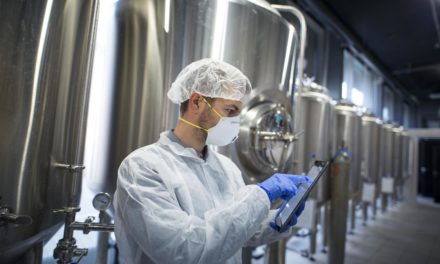As the Covid -19 pandemic rages on, there is now a scramble by the governments of the world to have these vaccine candidates manufactured in unprecedented quantities. With some 20+ vaccines in various stages of development those companies developing the product candidates are forming alliances with contract manufacturing companies and other pharmaceutical companies with available capacity to produce the billions of doses needed globally.
Today was announced one such venture between J&J and “Emergent” with manufacturing capacity in the Baltimore area.
The race is on then to make a reliable quality product and although there is capacity, locking this down without obstructing the development of other products is a challenge.
Assuming these products show sufficient protective promise how then can capacity be scaled? How can quality be assured and how can this be achieved quickly and reliably?
Although manufacturing cost will be a factor, in this case, guaranteeing the quality of the product being made under an unprecedented timeframe will be a determining factor in terms of whether we are successful in confining the pandemic to the history books.
Assuring that production processes meet aggressive targets reliably will be the key, without sacrificing quality and potency. Proper integration of culture techniques, QC testing and quality assurance activities will need to be streamlined to avoid the associated waiting waste activities which can often extend the time to product release and distribution. These are issues that frequently delay availability to the marketplace. Clearly these activities require the total implementation of integrated Lean and other creative strategies to make this possible.
As part of this approach and as a mechanism to provide additional short-term capacity to fulfill this need, we can implement a strategic approach which could involve the creation of the equivalent of “field” production capacity, based upon suites of disposable bioreactors to the current 2000L capacity.
This would seem a logical approach which enables temporary “clean” suites to be used for the culture of the material prior to transfer to established pharmaceutical facilities for separation / purification and formulation of the antigens as the vaccine.
This does away with the need for the construction of purpose-built traditional facilities which would take too long to establish, and it creates the opportunity to create multiple new primary production units which would fulfill the need.
This field-borne “MASH” type approach married with a full and effective implementation of integrated systems could be a successful solution to both short-term and medium-term vaccine production to meet the current crisis.
Whether this can be accomplished will require both close coordination of these various activities and having the open-minded “dogma free” belief to try something out of the box strategically.
History teaches us in times of crisis that one should just go for it! Perhaps now is one of those occasions?





